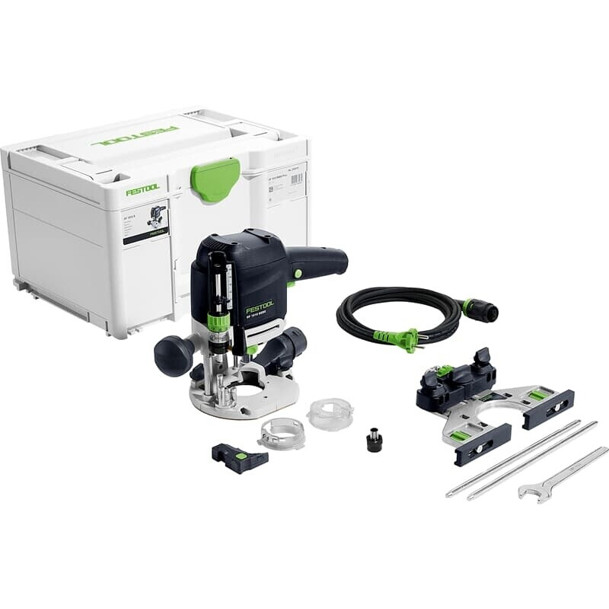Understanding the Planer Thickness Planer Combination Machine: A Comprehensive Guide
The woodworking and woodworking markets have actually known their reasonable share of developments that have considerably enhanced effectiveness and precision. One such improvement is the planer thickness planer combination machine-- a versatile tool that has actually become significantly popular amongst hobbyists and professionals alike. This machine is a game-changer when it pertains to dimensioning lumber, yielding a variety of advantages. This post will delve into the functions, benefits, and factors to consider of these combination devices, along with a practical FAQ and comparison tables.
What is a Planer Thickness Planer Combination Machine?
A planer thickness planer combination machine merges 2 functions: a surface area planer and a thickness planer. The surface area planer removes material from the faces of boards to make them flat, while the thickness planer minimizes the total thickness of the boards, guaranteeing harmony and precision across the entire piece. The combination allows woodworkers to conserve both space and cash without compromising on efficiency.
Table 1: Key Features of a Planer Thickness Planer Combination Machine
| Feature | Description |
|---|---|
| Performance | Integrates surface area planing and thickness planing |
| Area Efficiency | Compact size conserves work space in small stores |
| Resilience | Often developed for sturdy use |
| Blade Type | Can include either straight or spiral blades |
| Height Adjustment | Normally features user friendly height adjustment |
| Dust Collection | Numerous models include integrated dust collection systems |
Advantages of Using a Combination Machine
- Space-Saving Design: In smaller sized workshops, space can be a luxury. By integrating two devices into one, users can optimize their work area efficiency, leaving more room for other tools and products.
- Cost Efficiency: Purchasing a combination machine can cause substantial savings compared to purchasing individual machines. This makes it an appealing alternative for both amateur woodworkers and professional stores.
- Enhanced Versatility: A combination machine uses double functionality, enabling for the execution of numerous tasks without changing setups or tools. This can enhance workflow and productivity.
- Accuracy and Quality: High-quality combination devices are crafted for precise cutting, causing much better surfaces and decreased waste. This accuracy can be vital in guaranteeing seamless joints and consistent thickness in woodworking tasks.
Table 2: Advantages of Using a Planer Thickness Planer Combination Machine
| Advantage | Details |
|---|---|
| Space-saving | Two machines in one, needing less room |
| Cost-efficient | Lower initial expenditure compared to separate systems |
| Workflow Optimization | Less downtime changing in between makers |
| Consistency in Quality | Consistent thickness and smooth surfaces |
Secret Considerations When Choosing a Combination Machine
Regardless of the numerous benefits, there are several elements to keep in mind when picking a planer thickness planer combination machine:
- Motor Power: The power of the motor will determine the machine's capability to deal with various wood types and densities. Search for makers with powerful motors to make sure smooth operation.
- Feeding System: A high-quality feeding system will contribute to consistent outcomes. Try to find Dickenhobel Testsieger that feature roller or feed systems that can manage different wood types.
- Table Size: A larger table can support longer pieces of wood and add to better stability throughout operation.
- Reduce of Use: Check for user-friendly functions such as height modification mechanisms and user-friendly controls, which can make operation simpler and more secure.
- Brand Reputation: Research brand names and check out consumer reviews to gauge the dependability and quality of the machine.
Table 3: Comparison of Popular Models
| Model | Motor Power (HP) | Table Size (inches) | Price Range (₤) |
|---|---|---|---|
| Model A | 3 HP | 12 x 24 | 1,200 - 1,800 |
| Model B | 2.5 HP | 10 x 20 | 800 - 1,200 |
| Model C | 3.5 HP | 14 x 28 | 1,500 - 2,300 |
| Design D | 2 HP | 12 x 30 | 900 - 1,300 |
Often Asked Questions (FAQ)
1. What kinds of wood can be used with a combination machine?
Combination machines can manage a variety of woods and softwoods. However, it is important to be cautious with very thick or resinous wood types that can dull blades quickly.
2. How typically should I replace the blades?
Blades ought to be examined frequently, and replacement is advised when they reveal indications of dulling. This can range from every few months to each year, depending on use and wood type.
3. Can I use a combination machine for plywood?
Yes, however caution is essential. Plywood can splinter or chip, so utilizing sharp blades and making sure correct feeding rates can assist attain clean cuts.
4. Is a planer thickness planer combination machine appropriate for beginner woodworkers?
Yes, it can be very appropriate, specifically in smaller sized workshops. Newbies need to approach learning with security in mind, comprehending the fundamentals of the machine before usage.
5. Can you achieve the exact same outcomes with different makers?
While different machines can offer specific features, a combination machine is developed to offer equivalent performance and, in numerous cases, more convenience and worth.
In summary, the planer thickness planer combination machine represents a substantial advancement in the woodworking sector. By combining the performances of both a surface and thickness planer, these devices enable space and cost savings while offering top quality results. When considering a purchase, it is important to weigh the advantages against the numerous elements, such as motor power, feeding system, and brand name track record. With the best design, lovers and professionals alike can boost their woodworking tasks with extraordinary effectiveness and precision.

